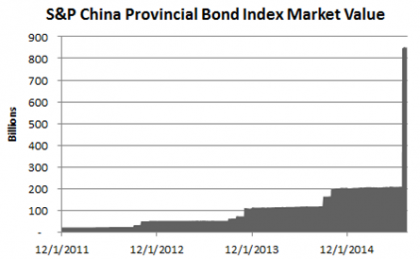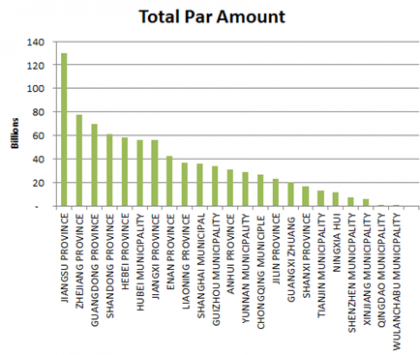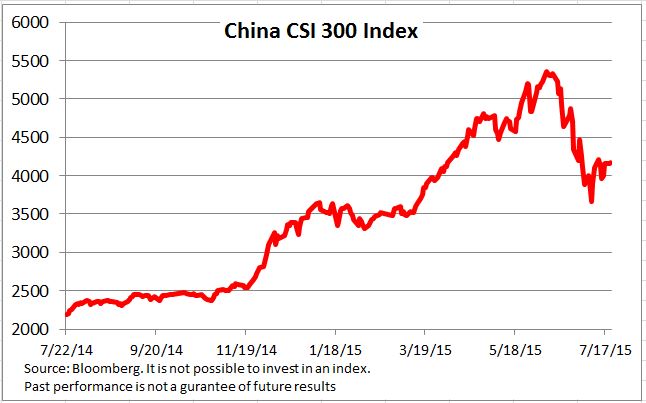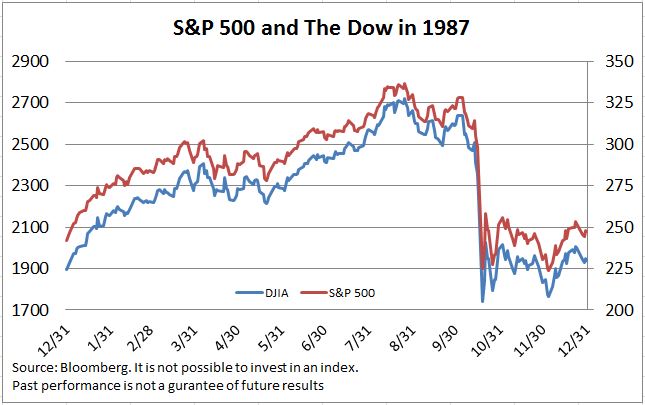Despite posting second quarter 44% earnings growth, Apple declined 4.3% on Wednesday July 22. According to S&P Capital IQ, 33% sales growth was more modest than expected and the company’s third-quarter revenue guidance was below Capital IQ consensus. Further, iPhone and iPad shipments were weaker than expected. As the largest company in the U.S., with a market cap of approximately $720 billion, Apple was a recent top-10 holding in 98 largely index based ETFs.
At the end of June 2015, Apple was a 4% weighting in the S&P 500 Index, nearly equal the size of Microsoft and Exxon Mobil, the two next largest constituents.
But Apple’s weighting was nearly five times as large in the market-cap weighted S&P 500 Information Technology Index and other leading technology indices that are tracked by some ETFs. Not surprisingly, those indices were dragged lower by Apple on Wednesday.
For investors that want to track more diversified technology index, an equal-weighted approach is worthy of consideration. The S&P 500 Equal Weight Technology Index is one of them. It consists of all the technology stocks in the S&P 500 in largely equal proportion regardless of market cap and rebalances quarterly. This means that Electronic Arts was recently a larger position at 1.8% than Apple 1.6%, despite having a market cap of just $23 billion or less than 5% of Apple.
Of course equal weighting approaches work both ways, and investors in such ETFs can miss out on gains achieved by some of the largest companies. For example, the two Google share classes (GOOG) and (GOOG) comprised 10% of the S&P 500 Information Technology sector.
Google jumped sharply last week after reporting stronger the expected results. Second quarter non-GAAP EPS was $6.99, up 15% from a year earlier and $0.31 above the S&P Capital IQ estimate. In contrast, Google is a similarly small 2% weighting in the S&P 500 Equal Weight Technology index.
A version of this article originally was published on MarketScope Advisor.
Please follow me @ToddSPCAPIQ to keep up with the latest ETF Trends.
—————————————————————————————————–

















